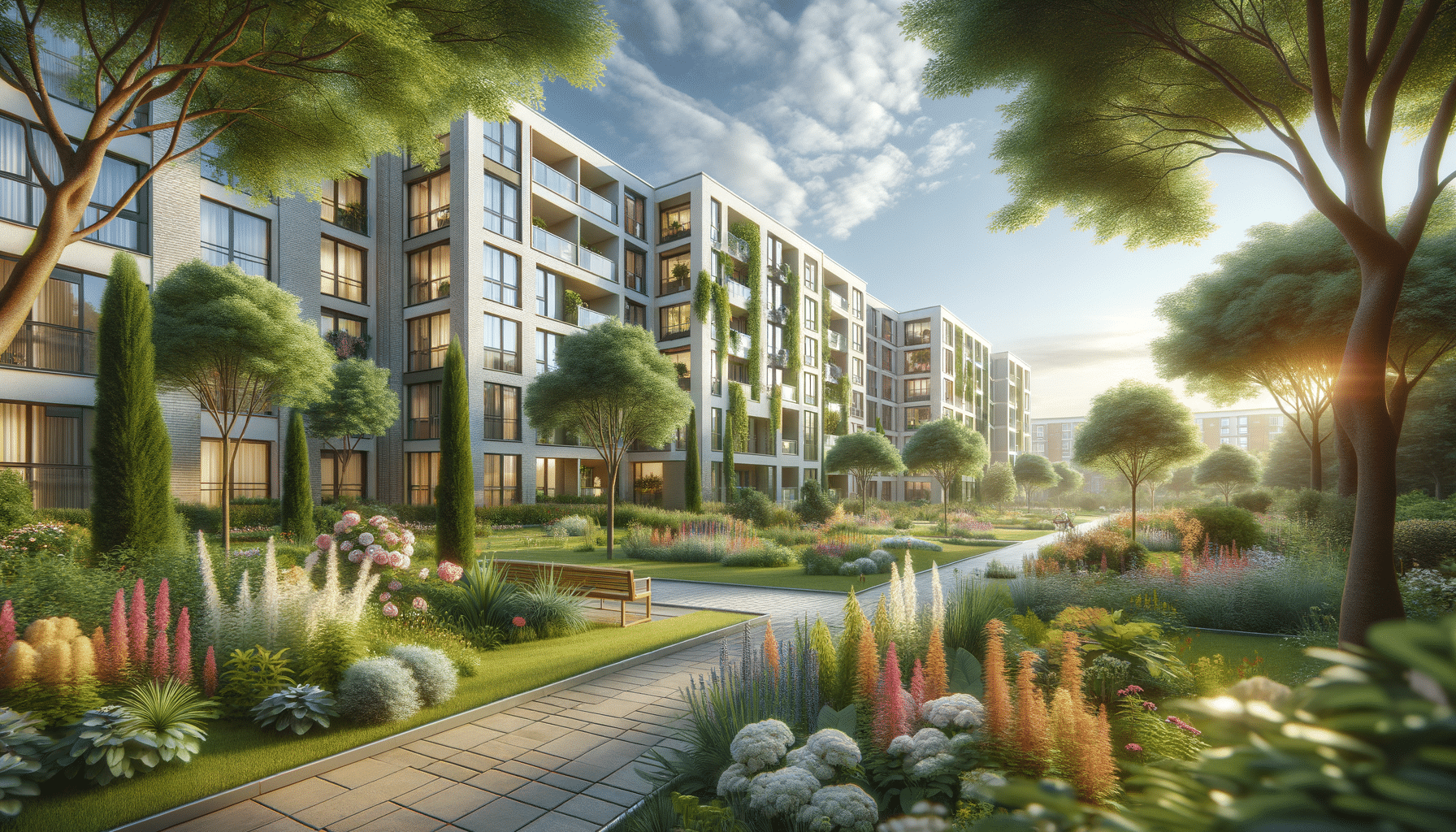
Senior apartments: a new choice for comfortable, safe and healthy retirement
Introduction to Senior Apartments
As individuals enter their golden years, the desire for a lifestyle that balances independence with a community-oriented environment becomes increasingly significant. Senior apartments have emerged as a compelling option for many retirees, offering a blend of comfort, safety, and social engagement. These living spaces are specifically designed to cater to the unique needs of seniors, providing amenities and services that enhance the quality of life. Understanding the various aspects of senior apartments can help individuals make informed decisions about their retirement living arrangements.
Features and Benefits of Senior Apartments
Senior apartments are tailored to meet the needs of older adults, providing a range of features that promote a hassle-free lifestyle. One of the primary advantages is the low-maintenance living environment. Many senior apartment complexes offer maintenance services, ensuring that residents can enjoy their time without the burden of home repairs. Additionally, these apartments often include safety features such as handrails, emergency call systems, and non-slip flooring, which are essential for preventing accidents.
Moreover, senior apartments frequently offer a variety of amenities designed to enhance social interaction and physical well-being. Common facilities include fitness centers, communal dining areas, and activity rooms where residents can participate in organized events and classes. This focus on community helps combat the isolation that some seniors experience, fostering a sense of belonging and camaraderie.
Choosing the Right Senior Apartment
When selecting a senior apartment, it’s crucial to consider several factors to ensure the choice aligns with personal needs and preferences. Location is a vital consideration, as proximity to family, healthcare facilities, and recreational activities can significantly impact the quality of life. It’s also important to evaluate the cost of living, including rent, utilities, and any additional fees for services and amenities.
Another critical aspect is the level of care and support provided. Some senior apartments offer independent living options, while others may include assisted living services for those who require additional help with daily activities. Prospective residents should assess their current and future healthcare needs to choose a facility that can accommodate changes in their health status over time.
Social and Recreational Opportunities
Senior apartments are designed to provide more than just a place to live; they offer a vibrant community where residents can engage in social and recreational activities. Many complexes organize events and clubs that cater to a wide range of interests, from arts and crafts to book clubs and gardening. These activities not only provide entertainment but also encourage residents to form friendships and build a supportive network.
Additionally, the presence of communal spaces such as lounges and gardens allows for spontaneous social interactions, further enriching the living experience. By fostering an active social life, senior apartments can play a significant role in enhancing mental and emotional well-being, contributing to a more fulfilling retirement.
Conclusion: Embracing a New Chapter
Choosing a senior apartment is a significant step in embracing a new chapter of life. These living spaces offer a unique blend of independence, safety, and community, making them an attractive option for many retirees. By providing tailored amenities and a supportive environment, senior apartments can significantly enhance the quality of life for older adults.
For those considering this lifestyle, it’s essential to thoroughly assess individual needs and preferences, taking into account factors such as location, cost, and level of care. With careful consideration, senior apartments can provide a comfortable, engaging, and fulfilling retirement experience, allowing individuals to enjoy their golden years to the fullest.


